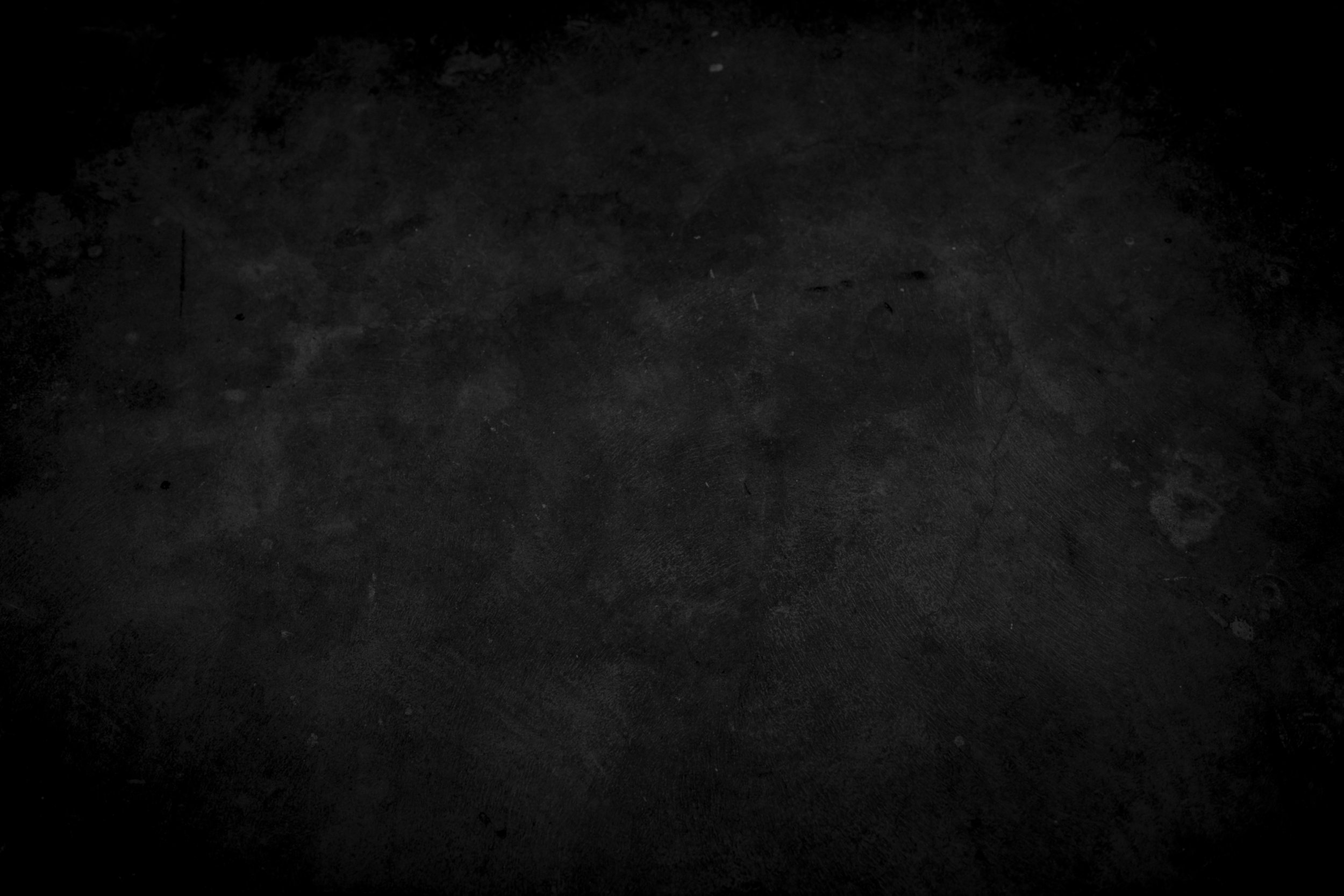
Can Mold Come Back After Remediation

Introduction: Mold remediation is a crucial step in protecting your home and health from the harmful effects of mold infestations. However, one question that often lingers in the minds of homeowners is whether mold can come back after remediation. In this blog post, we'll delve into this common concern, uncovering the factors that contribute to mold recurrence and providing insights to ensure long-lasting mold prevention.
Understanding Mold Remediation: Before we delve into the possibility of mold recurrence, let's first understand what mold remediation entails. Mold remediation is the process of identifying, containing, and removing mold growth from indoor environments. It typically involves thorough inspections, moisture control measures, containment of affected areas, and the use of specialized equipment and techniques to eliminate mold spores and prevent their spread.
Factors Contributing to Mold Recurrence: While mold remediation aims to eradicate existing mold growth, several factors can contribute to its potential recurrence:
Incomplete Remediation: If mold remediation is not conducted thoroughly or if underlying moisture issues are not addressed, residual mold spores may remain dormant and eventually resurface under favorable conditions. Incomplete remediation leaves the door open for mold to return, necessitating a comprehensive approach to ensure effective removal.
Moisture Intrusion: Mold thrives in damp, humid environments, making moisture intrusion a primary catalyst for mold growth. Even after remediation, persistent moisture problems such as leaks, flooding, or high humidity levels can create ideal conditions for mold resurgence. Proper moisture management is essential to prevent mold from coming back.
Poor Ventilation: Inadequate ventilation can trap moisture indoors, promoting mold growth in areas prone to humidity buildup, such as bathrooms, kitchens, and basements. Improving ventilation through the installation of exhaust fans, dehumidifiers, and proper airflow can help mitigate mold recurrence by reducing moisture levels and enhancing air circulation.
Reintroduction of Spores: Mold spores are ubiquitous in the environment and can enter homes through various pathways, including windows, doors, HVAC systems, and clothing. Without proper preventive measures in place, the reintroduction of mold spores from outdoor sources can lead to new mold growth, even after remediation efforts.
Preventing Mold Recurrence: While the possibility of mold recurrence exists, proactive measures can significantly reduce the likelihood of its return:
Address Underlying Moisture Issues: Identify and rectify any sources of moisture intrusion, such as leaks, plumbing issues, or inadequate ventilation. Proper moisture control is essential for preventing mold growth and ensuring the effectiveness of remediation efforts.
Maintain Optimal Indoor Conditions: Maintain indoor humidity levels below 60% to inhibit mold growth. Use exhaust fans in bathrooms and kitchens, ensure proper ventilation in attics and crawl spaces, and promptly address any signs of water damage or leaks.
Monitor for Signs of Mold: Regularly inspect your home for any signs of mold growth, such as musty odors, discoloration, or visible mold growth. Address any mold issues promptly to prevent further spread and recurrence.
Conclusion: While mold recurrence is possible under certain circumstances, proactive prevention and diligent maintenance are key to minimizing the risk. By addressing underlying moisture issues, improving ventilation, and maintaining optimal indoor conditions, homeowners can significantly reduce the likelihood of mold coming back after remediation. Remember, effective mold remediation goes hand in hand with long-term mold prevention strategies to ensure a healthy and mold-free home environment.



